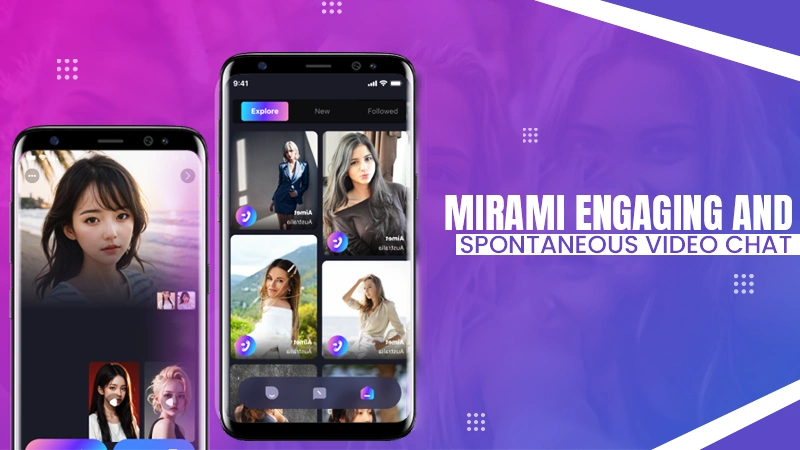The manufacturing industry is always looking to increase efficiency and reduce costs. Finding new ways to optimize production has a positive impact on sales, customer satisfaction, and of course, profits. Today, the manufacturing industry is again at the forefront of introducing new technologies to optimize yield and increase production.
As Industry 4.0 in manufacturing takes wind, more and more companies adopt advanced technologies such as artificial intelligence, machine learning, the Internet of Things, and others to increase output and profitability. So let’s see how AI and ML work together to help bring manufacturing to a whole new level.
Production Optimization with IoT
IoT or the Internet of Things is a new approach to production optimization that uses real-time data to identify bottlenecks and find better solutions. The process includes placing small IoT sensors on all machines and embedded devices. These sensors collect operational data and send it to the central system that analyzes all data and identifies potential issues.
IoT technologies can help drive production optimization on multiple levels. Here are some key processes where IoT makes a huge difference:
1. Remote Management
With an IoT system in place, your managers and essential team members can access operational data from anywhere in the world and help optimize the process in question. Of course, all sensors and machines have to be connected to the internet for IoT to work. In that case, all your managers need to use to access the data is a smartphone or a computer. That way, they don’t have to be physically present on the factory floor to improve internal processes.
2. Reduced Risk of Injury
IoT sensors can quickly identify hazardous environments and inform operators about the potential dangers. Wearable IoT sensors have built-in alarm systems, and the moment they detect an increase in toxic gasses or any other hazard. The sensor will alarm the wearer about the potential dangers before an incident occurs.
Moreover, these sensors can also detect employee fatigue and trigger a vibration to alert the manager about personnel fatigue. That helps improve safety across the entire production floor, reduces employee errors, and helps increase overall production efficiency.
3. Increased Quality Control
Some IoT sensors have built-in cameras and lasers that can help improve quality control and stop product defects from exiting the factory. These sensors can scan every unit and ensure that it’s put together perfectly. Such quality control practice is much more accurate than traditional employee quality control because computers don’t get tired and don’t make mistakes.
Ultimately, this approach helps reduce wastage which saves the company a lot of money by reducing labor costs and energy consumption. It’s the next level in quality control that can’t compare to any other available method.

Product Optimization with Machine Learning
Even though machine learning has been around for decades, it lacks the computing power needed to monitor multiple processes simultaneously. However, as computers became more powerful, ML quickly found an application in manufacturing and many other industries as well. Unlike humans prone to making mistakes, computers do only what they are told.
Machine learning offers a way to train computers over time. Once they learn how every step in production works, the computers can automatically complete various tasks. Machine learning is what allows computers to become smarter over time. Manufacturers use ML to analyze production processes and gain hidden insights that would be impossible to find otherwise.
ML provides a predictive approach to process optimization. It also helps improve planning and has a positive impact on all processes. Here are some areas where machine learning makes the biggest difference in production.
1. Predictive Maintenance
Predictive maintenance is a revolutionary type of maintenance proven to be much more efficient than any other method. As the ML model collects and analyzes real-time operational data throughout the entire production line, together with historical data, it can deliver useful insights about the state of each machine.
In other words, it can “guess” the exact moment when a machine will break down. So, knowing that the system alerts the engineers and schedules regular maintenance before a catastrophic breakdown. As a result, the approach helps you save money on repair costs, reduces downtimes, and accelerates your time-to-value.
2. Digital Twin Simulations
CAD-based simulations have been used for decades for product development and other processes. However, it required operators to define every detail for the simulation to work manually. With Digital Twins, manufacturers can use real-world data to recreate any process, product, or system in a digital environment perfectly. That allows them to run advanced simulations in many different scenarios to see how the system will react to changes.
For example, these simulations can determine what happens if the machines work under pressure or any other scenario that comes to mind. Knowing the outcome of every possibility allows the manufacturer to prepare for any situation in advance.
3. Improved Agility and Flexibility
Knowing the state of the marketing and details about future demand can help manufacturers optimize production in a changing marketplace. According to real-time data, it can help eliminate the deficit and surplus in finished goods by optimizing production.
That way, manufacturers can make well-informed decisions much faster. In addition, the ability to predict increasing demand can help optimize output and ensure the absence of unfinished goods and unrealized sales. Finally, the process can optimize the entire supply chain.
Production Optimization with Artificial Intelligence
The concept of AI has been around since the 1950s, but the lack of computing power kept it a distant dream until recently. Today, AI solutions are quickly finding their place in many different applications. The manufacturing industry is one of the first to adopt AI to help optimize processes and allow managers to make better business decisions. Here are some areas where AI makes the most difference.
1. Decision Engine
ML allows manufacturers to make better, data-driven decisions. However, when ML is combined with the right AI tools, these decisions become much more accurate. AI can quickly analyze large amounts of data and suggest steps to take to improve business processes. The best thing is that these options are created according to your company’s objectives.
2. Manufacturing Process Optimization
Once the AI solution knows every detail in production, it can run advanced simulations to identify better alternatives to existing practices. For example, it can locate machines that harm production and find better ways to increase the output. It can also identify machinery that breaks down too often and suggest what replacement to use to reduce maintenance costs, energy consumption, and other essential processes.
3. Assitance in Manufacturing
AI can also help operators improve their accuracy and become more efficient by optimizing equipment use. For example, if an operator works with the robot, the AI can instruct the robot on how to make better products while reducing energy consumption. That way, all human errors are taken out of the equation, ensuring that the product reaches an optimal level.

Conclusion
Production optimization is an ongoing process that never stops. Manufacturers are looking for new ways to improve efficiency, reduce costs, and gain an advantage over the competition. Technologies such as IoT, artificial intelligence, and machine learning all come together to give manufacturers an edge over their competitors. Even though adopting these new technologies can be expensive and complicated, the result is well worth the effort.
















